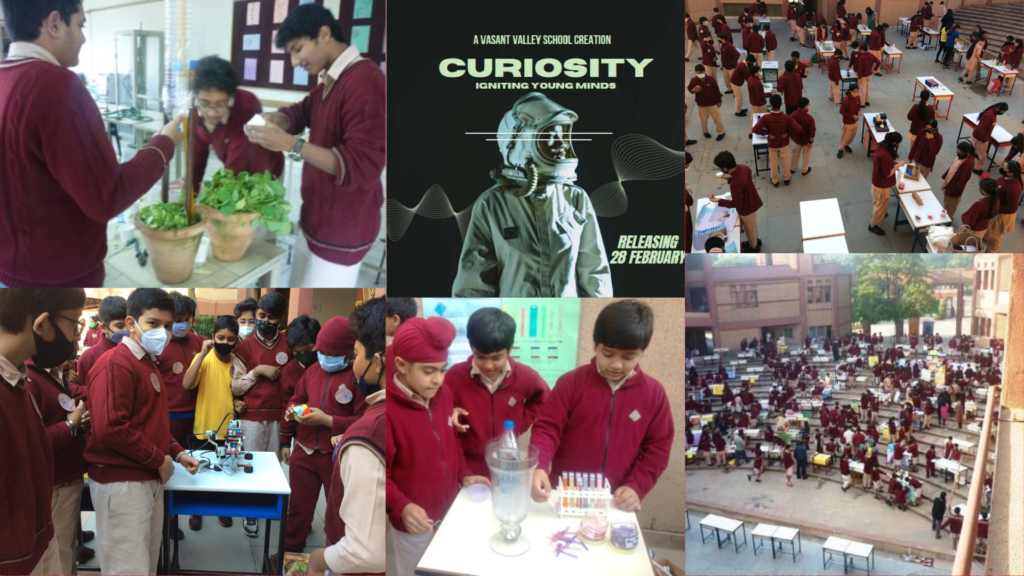What if one could alter their appearance? Avoid having a genetic condition passed down to them? Make themself immune to a life-threatening disease? That’s just a fraction of the potential of genome editing, and its unlimited possibilities could allow it to save and enhance the lives of millions worldwide.
Genome editing is a revolutionary technology that allows scientists to add, alter, replace, or delete specific parts of an organism’s DNA. This article will cover how it works and its prospects, while addressing the ethical questions surrounding it.

Genome editing refers to the ability of scientists to manipulate an organism’s genetic code, by altering the order of the four bases that make up its DNA. This technology allows scientists to alter the features of an organism by rearranging the order of these bases.
CRISPR-Cas9 is the most commonly used method for genome editing; it’s a powerful and versatile technology that has revolutionised the field of genetics. It’s a favourite in the scientific community as it’s cheap, efficient, and accurate. In this method, a piece guide RNA binds to a specific sequence in the DNA, and then an enzyme called Cas9 cuts the DNA at that location. Once the DNA is cut, scientists can use the cell’s natural repair mechanisms to add, delete, or replace specific sequences, thereby making precise changes to the genome.
Genome editing offers enormous potential benefits for medicine by allowing scientists to make precise changes to the genetic code of organisms, including human cells. This is used to fight cancer and other diseases by editing immune cells, removing HIV and genetic diseases from a person’s DNA, and advancing the development of personalised medicine. Additionally, gene therapy is being developed as a way to prevent and treat diseases caused by genetic mutations, by introducing a healthy copy of a gene into cells to replace a faulty copy. These therapies can target both reproductive and non-reproductive cells; and in the case of the former, the changes made will pass down to future generations too. An example of this potential is the case of a patient in the UK with leukaemia who was treated with gene therapy in 2015, saving her life, proving that the process is effective.
However, the use of genome editing technology raises several ethical considerations, including the safety and effectiveness of the technology for patients, the potential for socioeconomic disparities in access to the technology, and the immoral implications of using genome editing to enhance non-health related traits or abilities. Additionally, the potential impact on future generations, due to changes made to reproductive cells, as well as the lack of consent from embryos during editing, raises questions. The fact that research on genome editing often involves the creation and destruction of embryos, has led many organisations to refuse funding. Technical difficulties such as unintended cuts or cutting the genome at the wrong location also raise safety concerns, and add to the ethical complexities surrounding the technology.
Despite the barriers that stand in the way, genome editing is indubitably a groundbreaking technology; and if perfected and used correctly, it has the potential to change the world for the better.
~ Kavya Malik & Simrit Kaur | 9A

